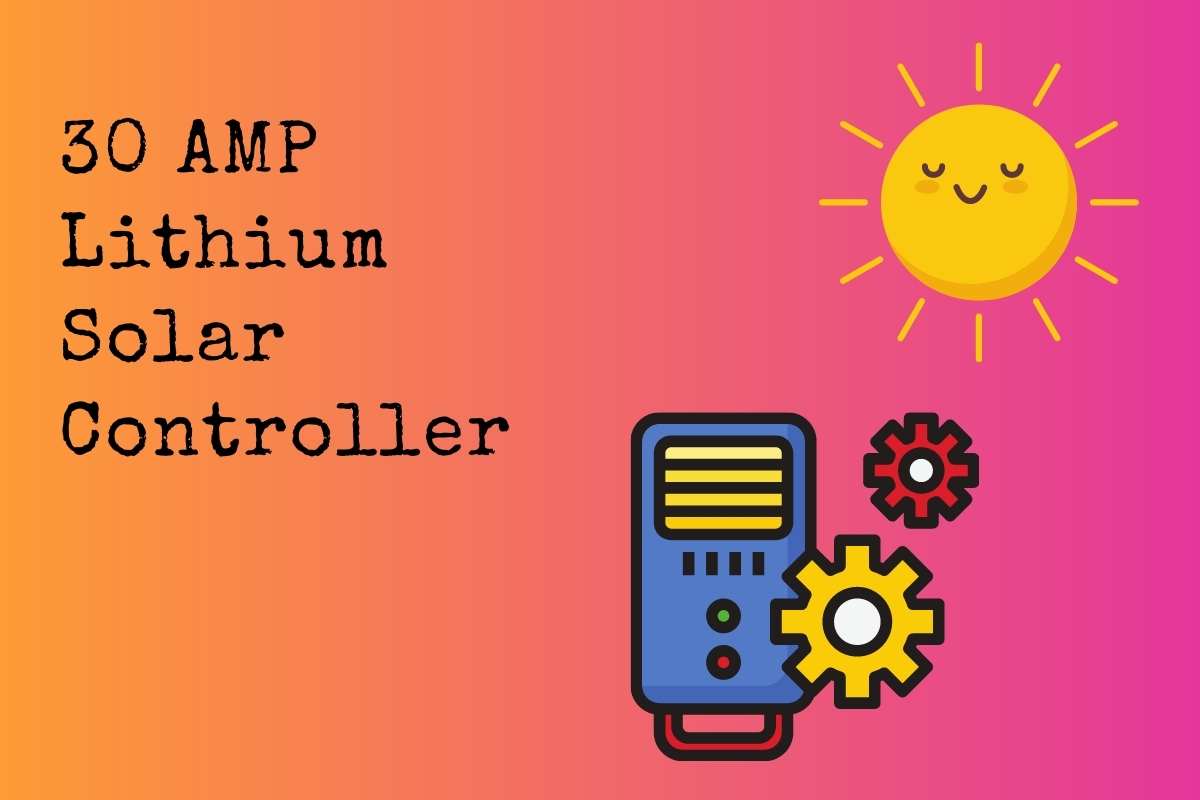The main charge controller used by Go Power in their RV solar kits. Perfect replacement for damaged controller on new kit.
A solar charge controller is an essential component of your photovoltaic (PV) system. The controller maintains the life of the battery by protecting it from overcharging. When your battery has reached a 100% state of charge, the controller prevents overcharging by limiting the current flowing into the batteries from your solar array.
New Bluetooth Enabled UL Listed Lithium Battery Compatible Solar PWM Charge Controller
The PWM 30 Charge Controllers Features
- Dual Bank capable
- Bluetooth ready; used the Go Power! Connect app
- 12 volt flush mounted PV charge controller rated for a continuous solar current input of 30 amps.
- Uses pulse width modulation (PWM) technology
- Unique four stage charging system with optional equalize setting, to charge and protect your battery bank
- LCD digital display that shows solar array charge current, system battery voltage and battery capacity
- Built-in USB charge port
- Connects up to 600 watts total
- Charges 1 or 2 battery banks
- Remote on/off control of select Go Power Industrial Sine Wave Power Inverters
- 5 year warranty
Why use Bluetooth on you Solar Controller?
Using Go Power! Connect, you can connect to your PWM-30-UL controller:
It allows the user to set the battery type and charging profile. It will also turn users to turn compatible Go Power! ISW Inverter on or off. Additional options like toggling Maximum Power Boost mode is available.
Our 30 Amp Digital Solar Controller features Maximum Power Boost Technology (MPBT). This allows you to override the normal charging algorithm of the solar controller to ‘boost’ the solar charge, which is ideal at the end of the daylight to ensure batteries are topped up for the evening. Performance of the solar controller will not be affected if MPBT function is not utilized.
The Controller provides the following data to view essential battery stats, including:
- Battery Voltage
- PV Charging Current
- Battery State of Charge (SOC)
Solar Kits for RVs: Harnessing Sunlight on the Move
Solar kits for RVs are becoming an indispensable tool for those seeking extended off-grid adventures. These kits typically encompass solar panels, charge controllers, mounting hardware, and necessary cables, providing a holistic solution for green energy on the road.
-
Flexibility: Many solar kits offer portable and foldable panels, allowing for easy setup and storage. This adaptability ensures maximum sunlight capture, regardless of the RV’s parked orientation.
-
Ease of Installation: These kits are designed with RVers in mind, often requiring minimal tools and expertise. The inclusion of all components streamlines the setup process.
-
Sustainability: Harnessing solar power reduces reliance on generators or grid power, promoting sustainable and environmentally-friendly travels.
-
Cost-Efficiency: While there’s an upfront investment, over time, these kits can lead to significant savings, especially for frequent travelers.
For the eco-conscious traveler, an RV solar kit is not just an accessory but an essential tool for efficient and sustainable journeys.
Enhancing RV Power with Lithium Battery Banks
Integrating a lithium battery bank into an RV system is a transformative step towards achieving extended off-grid capabilities. These banks offer numerous advantages:
-
Longevity: Lithium batteries typically have a lifespan exceeding traditional lead-acid counterparts, enduring many more charge and discharge cycles.
-
Efficiency: They boast high energy density, allowing for more stored power within a compact space, a precious commodity in RVs.
-
Deep Discharge: Unlike other batteries that can suffer damage when heavily discharged, lithiums can be drawn down more significantly without affecting its lifespan.
-
Weight: Generally lighter than traditional batteries, they don’t add excessive weight, preserving the RV’s payload capacity.
-
Fast Charging: They often charge faster, ensuring minimal downtime when replenishing energy.
Investing in a lithium battery bank for an RV enhances its power system’s reliability and augments the overall off-grid experience.
